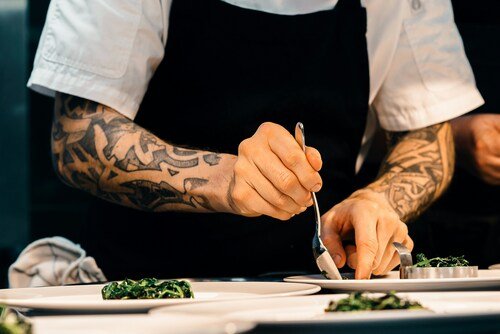Choosing the right culinary school is a pivotal decision that can shape your culinary career. There are numerous factors to consider, from the style of cuisine you’re passionate about to the type of culinary environment where you see yourself thriving. Each culinary institution offers a unique set of courses, instructors, and opportunities that cater to different student needs and goals. Knowing what to look for in a culinary school will ease the decision-making process and set you on the path to becoming a chef. Below, we delve into crucial tips to help you select the school that best aligns with your culinary dreams.
Understanding the Different Types of Culinary Programs Available
The culinary education landscape offers a variety of pathways, each with its own benefits. Traditional culinary schools focus on hands-on kitchen skills and culinary theory, often combining classroom learning with practical experience. Community colleges and trade schools provide more affordable options, offering associate degrees or apprenticeships that balance culinary training with general education.
Specialized institutes, like New York Culinary School, emphasize mastering specific skills and building industry connections, creating an immersive environment for focused learning. Online courses also present a flexible alternative, allowing students to study culinary theory or restaurant management from home, making them ideal for those with work or family commitments.
Assessing Your Culinary Career Goals and Aspirations
Before choosing a culinary school, it’s important to clarify your career goals, whether aspiring to be an executive chef, open a bakery, or pursue another culinary path. Identifying your objectives helps focus on programs aligned with your interests. Schools offer varying levels of training, from classical techniques for fine dining to specialized skills like food styling and presentation.
Program length is another consideration, with options ranging from multi-year degrees to shorter diploma courses that provide quicker entry into the field. Prospective students should also weigh the value of specialization versus a broad culinary education, exploring areas such as pastry, international cuisines, or management to match their long-term ambitions.
Evaluating the Faculty and Alumni Success of Culinary Schools
The expertise of a school’s faculty and the achievements of its alumni are key indicators of educational quality. Instructors with extensive experience and recognition in the culinary industry offer valuable real-world insights and mentorship, helping students master cooking techniques and understand current industry trends. Schools with faculty who have earned notable accolades can also provide networking opportunities that support future career growth.
Alumni success demonstrates a program’s effectiveness, especially when graduates secure positions in reputable kitchens or launch thriving culinary businesses. Speaking with current students or past graduates can offer authentic perspectives on the school’s environment, teaching quality, and whether it aligns with personal goals in the culinary field.
The Importance of Location and Facility Resources in Your Culinary Education
Your culinary education can be greatly shaped by your learning environment. Studying in a city with a vibrant food culture can provide hands-on experiences like internships at renowned restaurants or participation in culinary events. The quality of school facilities is also crucial; well-equipped kitchens, specialty baking labs, and student-run restaurants offer practical settings to develop skills.
Access to local ingredients and producers can enrich your understanding of sustainable cooking, with farm-to-table programs or courses on local sourcing. The school’s location can influence lifestyle factors, including cost of living, transportation, and whether you would enjoy residing there during the program, impacting both daily life and learning opportunities.
Financial Considerations and Scholarship Opportunities in Culinary Arts
The cost of attending a culinary school is a major factor to consider, including tuition, living expenses, and supplies such as uniforms and equipment. Understanding the total financial commitment upfront helps students budget effectively and avoid unexpected costs. Many schools offer financial aid or scholarships, some specifically for culinary arts, which can reduce tuition expenses significantly.
Alternative options like work-study programs, grants, and loans are also worth exploring, and some schools partner with local businesses to provide work opportunities in exchange for financial support. Evaluating the return on investment is important, as higher-cost schools may offer exceptional industry connections and career opportunities that lead to higher earning potential.
Altogether, choosing the right culinary school is a complex decision that hinges on a thorough understanding of your personal goals and the unique offerings of each institution. By considering your career aspirations, program types, faculty expertise, location, resources, and financial options, you can select a culinary education that cooks up success for your future endeavors.
